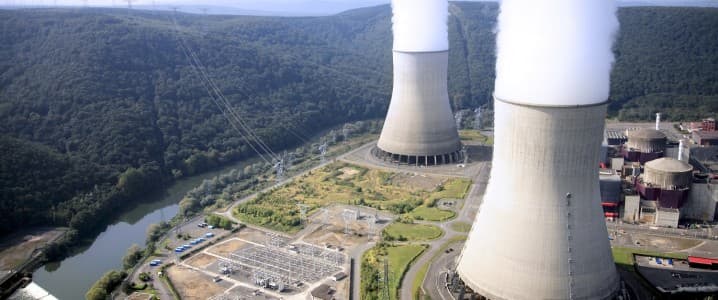
Following calls from opposition parties to discuss the extension of the lives of Germany’s three remaining nuclear power plants, Chancellor Olaf Scholz said the decision on these power plants had already been made.
“We also know that building new nuclear power plants makes little sense,” Scholz told media s quoted by the AP, adding “If someone decides to do so now they would have to spend 12-18 billion euros on each nuclear power plants and it wouldn’t open until 2037 or 2038. And besides, the fuel rods are generally imported from Russia. As such one should think about what one does.”
Instead of prolonging the lives of its nuclear power plants, Germany will extend the life of coal plants and use them in case it needs to, the AP reported separately. The plants will be kept on standby for almost two years in case a gas supply outage occurs. The country already has several coal and oil-powered power plants on such standby in case of supply disruption.
The biggest bet Germany is making in the energy department, however, remains wind and solar. As of 2021, the country had a total renewable power capacity of 138.2 GW, which was 5 percent higher than the previous year. Last year, solar capacity overtook onshore wind capacity for the first time.
The whole European Union is doubling down on wind and solar now, with the sanctions on Russian energy, and plans to greatly simplify the licensing procedure for new wind and solar installations in a bid to spur fast growth.
Per the REPowerEU plan, the bloc eyes having 45 percent of its electricity generated from renewables by 2030, an upward revision of the previous target, which was 40 percent.